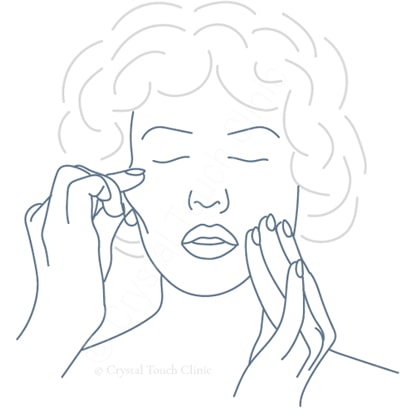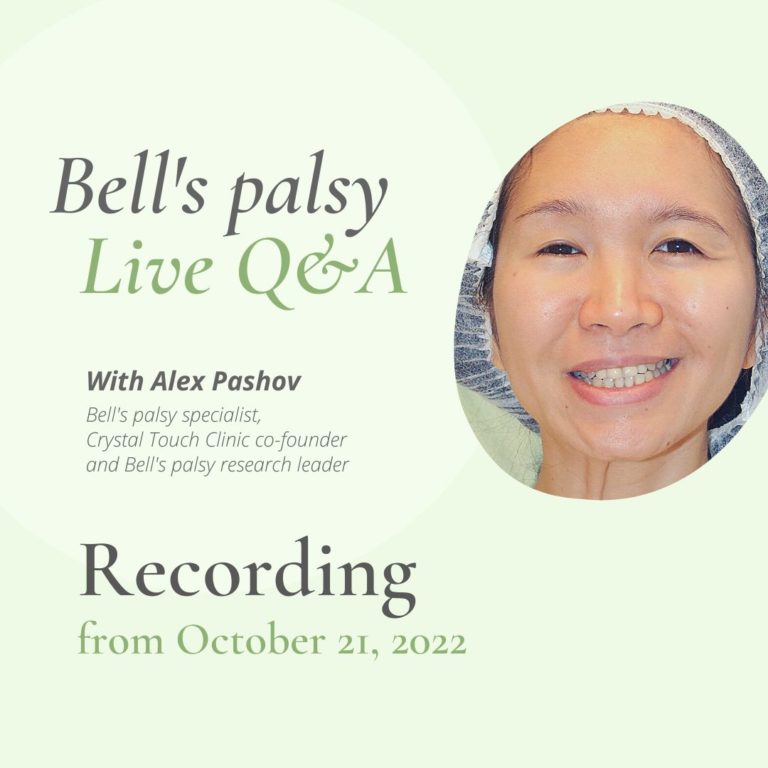
After Bell’s palsy, you may experience that your facial muscles become tight and painful. This happens because your facial muscles contract and become unable to relax. In this case, stretching can be helpful for two reasons.
1. Stretching of facial muscles can help them to relax
The benefit of stretching facial muscles after Bell’s palsy is that it can help them to relax. Nonetheless, it has to be done carefully. There is a possibility to overdo it or unconsciously apply more pressure on the muscles while trying to stretch them. This can lead to further tightening of the muscles. So make sure to be very gentle when you do it. Treat your face like a little baby, that needs a lot of care and soft, gentle touch only.
2. Stretching involves touching your face with your hands regularly
Another reason why stretching of your facial muscles can be useful after Bell’s palsy is so that you touch your face with your hands more often. Your hands are the best rehabilitation instruments that have ever existed, and in my opinion, that will ever exist in the future. Nothing comes close to them. So use your hands, touch your face by doing a gentle massage or soft stretching. If you feel any painful spots, any knots in your muscles, touch them gently, massage them gently.
Besides stretching, try practising conscious relaxation
It is very important to remember that your facial muscles are not contracted by themselves. To contract, they need to receive a contraction signal from the brain first. Without a signal, the muscles are just contractile proteins.
After Bell’s palsy, if your recovery was long, you may develop a habit of over-amplifying signals sent from the brain to the facial muscles. This leads to all those tight and contracted muscles. So in order to fully relax the tight muscles, you need to stop or reduce the stream of contraction signals coming from the brain. That is why it is important to practice conscious relaxation of your facial muscles. Take some time, sit quietly and focus on your facial muscles: how the left side feels versus the right side, affected versus healthy side, etc. Pay attention, each and every moment, to what your face is doing. So to say, “listen to your face”. It is very useful.
Important to remember
Pay attention that you do not over contract your facial muscles. Do not force your muscles into facial expressions. Try to keep your face relaxed, so your brain learns to reduce the intensity of contraction signals sent over the facial nerve to your facial muscles.







